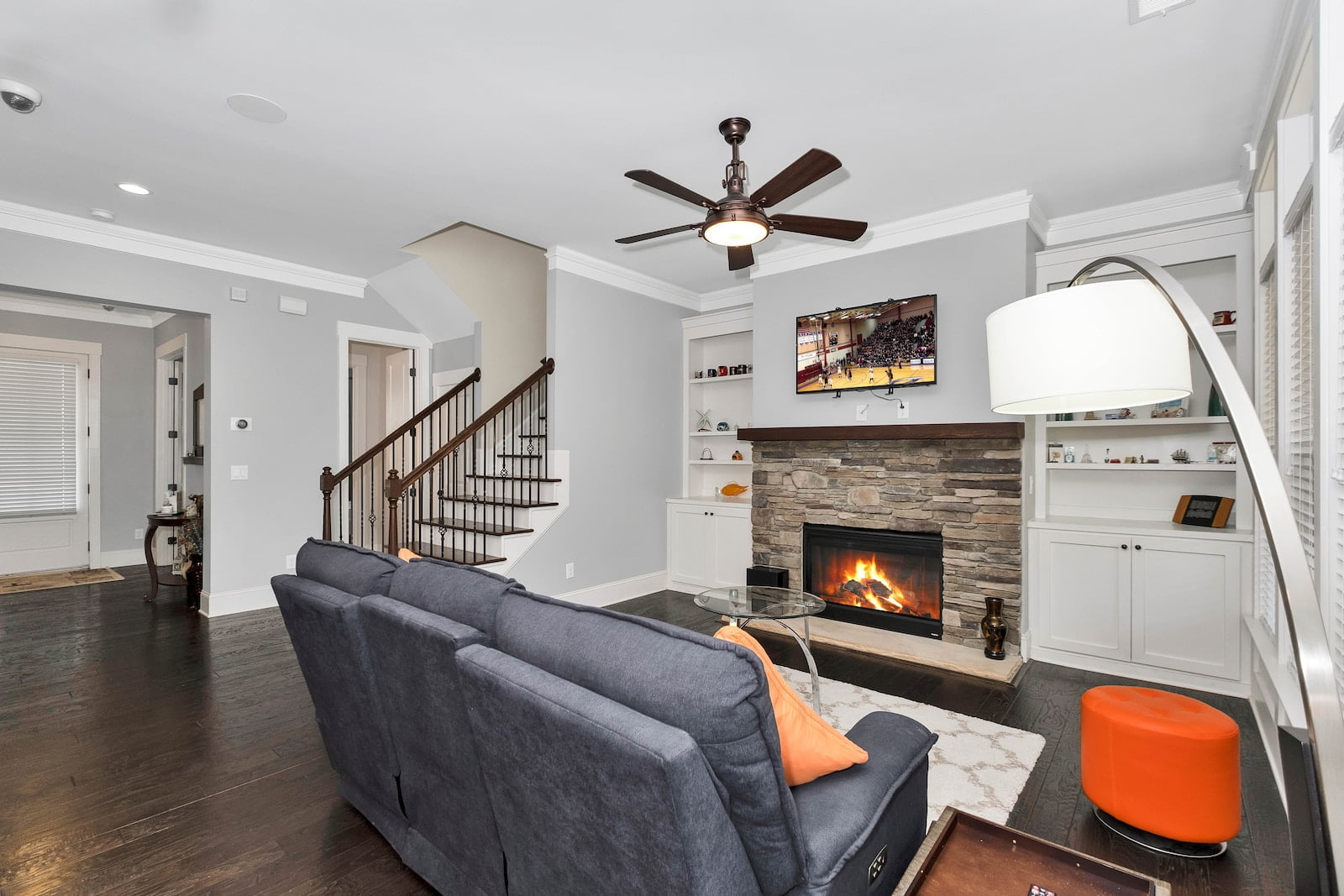Baseboard Heat vs. Central Heat: Pros and Cons Compared
When it comes to heating your home, there are two main options to consider: baseboard heat and central heat. Each system has its own advantages and disadvantages, and it’s important to understand the differences between them before making a decision. In this article, we’ll provide an introduction to both baseboard and central heat, and explore the key features and benefits of each. By the end of this article, you’ll have a better understanding of which heating system is right for your home.
Baseboard heat is a type of heating system that uses electric or hydronic (hot water) baseboard units to warm individual rooms or zones in a house. This type of heating is typically installed along the baseboards of walls and uses convection to circulate warm air throughout the room. On the other hand, central heat is a system that uses a central heating unit, such as a furnace or boiler, to heat the entire house through a network of ducts or pipes. Both systems have their own unique advantages and disadvantages, and which one you choose will depend on a variety of factors, including the size and layout of your home, your budget, and your personal preferences.
Pros of Baseboard Heat Compared to Central Heat
Another advantage of baseboard heat is that it allows for individual room temperature control. With central heat, the entire house is heated to the same temperature, which can be problematic if there are rooms that are not frequently used or if there are family members who prefer different temperatures. With baseboard heat, each room can have its own thermostat, allowing for customized temperature control. This can also lead to energy savings, as rooms that are not in use can be heated less frequently or not at all. Additionally, baseboard heat does not require ductwork, which can be expensive and difficult to install in older homes. This makes baseboard heat a more cost-effective and practical option for many homeowners.
Cons of Baseboard Heat Compared to Central Heat
Another disadvantage of baseboard heat is that it can be less efficient than central heat. Because baseboard heaters are typically located along exterior walls, they may lose heat to the outside. This means that the system has to work harder to maintain a comfortable temperature, which can lead to higher energy bills. Additionally, baseboard heaters may not distribute heat evenly throughout a room, which can result in hot and cold spots. In contrast, central heating systems are designed to distribute heat evenly throughout a home, which can lead to greater comfort and energy efficiency.
Another con of baseboard heat is that it can be more difficult to control than central heat. Baseboard heaters typically have individual controls, which means that each room may have a different temperature setting. This can make it challenging to maintain a consistent temperature throughout a home. In contrast, central heating systems typically have a single thermostat that controls the temperature for the entire home. This can make it easier to maintain a consistent temperature and avoid hot and cold spots.
Overall, while baseboard heat may be a viable option for some homeowners, it does have some significant drawbacks compared to central heat. If you’re considering baseboard heat for your home, it’s important to weigh the pros and cons carefully and consult with a professional to determine whether it’s the right choice for your needs.
Pros of Central Heat Compared to Baseboard Heat
Another advantage of central heat compared to baseboard heat is the ability to control the temperature in different areas of the house. With central heat, you can set different temperatures for different rooms or zones, which is particularly useful if you have a large house or if some rooms are used more frequently than others. This allows you to save energy and money by only heating the areas that need it, rather than heating the entire house to the same temperature. Additionally, central heat is often more efficient than baseboard heat, as it uses less energy to heat the same amount of space. This means that you can save money on your heating bills over time by choosing central heat over baseboard heat.
Another benefit of central heat is that it is typically easier to maintain and repair than baseboard heat. Central heating systems are often more sophisticated and complex than baseboard heating systems, but they are also more reliable and easier to diagnose and repair if something goes wrong. This is because central heating systems are designed to be serviced and maintained by professionals, whereas baseboard heating systems are often more DIY-friendly and require more maintenance and upkeep from homeowners. Overall, if you want a heating system that is easy to use, efficient, and reliable, central heat is likely the better choice for you.
Cons of central heat compared to baseboard heat
Another disadvantage of central heating systems is their potential to distribute allergens and pollutants throughout the house. Since the air is circulated through ducts, it can carry dust, pollen, and other contaminants that can trigger allergies or respiratory problems. This is especially concerning for people with asthma or other respiratory conditions. Baseboard heating, on the other hand, does not involve air circulation, so it is a better option for those who are sensitive to air pollutants. Additionally, central heating systems can be more expensive to install and maintain than baseboard heating. The ductwork required for central heating can be costly to install, and any damage or leaks in the ducts can lead to heat loss and energy waste. Baseboard heaters, on the other hand, are generally less expensive to install and maintain, and they can be easily replaced if they break down.






